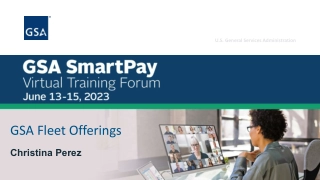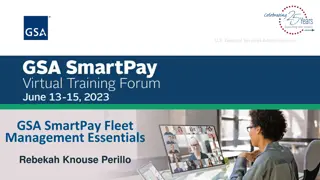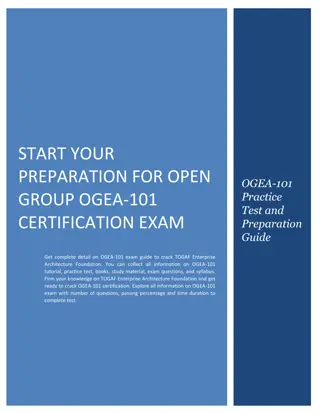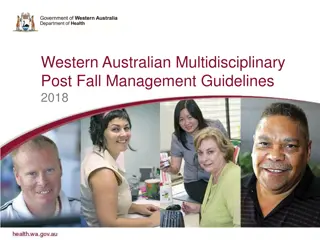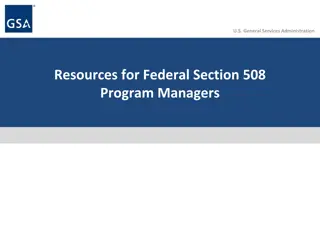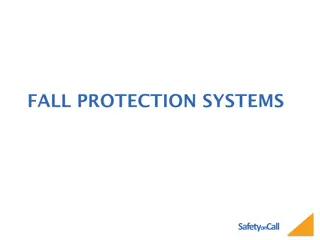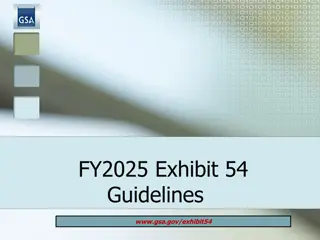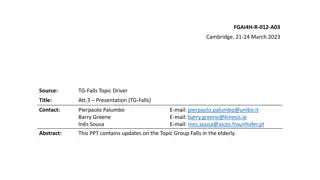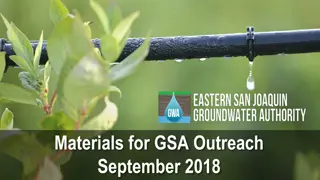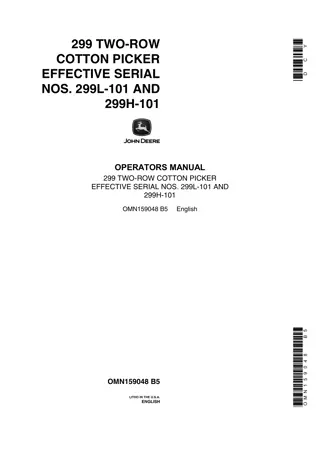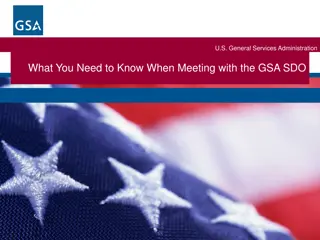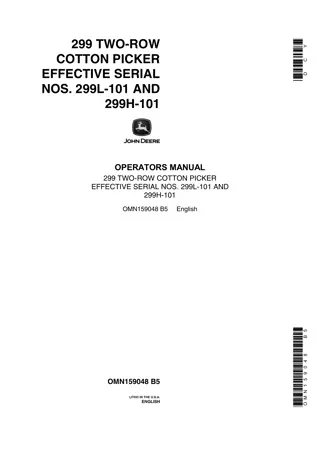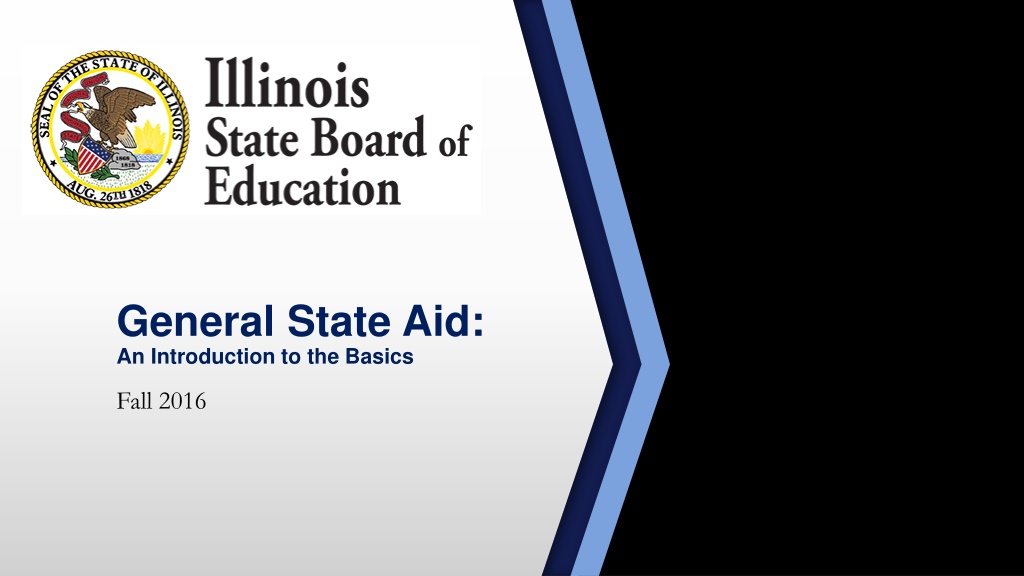
Understanding General State Aid in Illinois Schools
Explore the basics of General State Aid (GSA) in Illinois public schools, including its purpose, components like Equalization Formula Grant and Supplemental Low-Income Grant, and how grant amounts are determined based on local wealth and student demographics.
Download Presentation

Please find below an Image/Link to download the presentation.
The content on the website is provided AS IS for your information and personal use only. It may not be sold, licensed, or shared on other websites without obtaining consent from the author. If you encounter any issues during the download, it is possible that the publisher has removed the file from their server.
You are allowed to download the files provided on this website for personal or commercial use, subject to the condition that they are used lawfully. All files are the property of their respective owners.
The content on the website is provided AS IS for your information and personal use only. It may not be sold, licensed, or shared on other websites without obtaining consent from the author.
E N D
Presentation Transcript
General State Aid: An Introduction to the Basics Fall 2016
General State Aid 105 ILCS 5/18-8.05 General State Aid (GSA) is one component of the total funds distributed to public schools. It is meant to provide unrestricted grants to Illinois public schools districts in an equitable manner. Public Education Funding GSA is comprised of 2 Grants: 1. Equalization Formula Grant 2. Supplemental Low-Income Grant General State Aid Local Revenue Other MCATs
General State Aid Supplemental Low-Income Grant Equalization Formula Grant Grant amount varies inversely with local wealth. As local wealth increases, the amount of the grant decreases, and vice versa. Does not consider local wealth. Increases grant awards as the proportion of low-income students in a district increases.
General State Aid As a % of All State Education Funding ECE/Bilingual $457.4 million 6.1% Other $162.2 million 2.2% MCATs General State Aid (GSA) represents 68% of General Funds grants provided by the state to school districts $1,762.7 million 23.6% General State Aid $5,078.6 million 68.1% Source: Illinois Office of the Comptroller
Equalization Formula Grant Calculation of Local Wealth Local Wealth = Property Wealth + Revenue from the Corporate Personal Property Replacement Tax (CPPRT) Property Wealth = Equalized Assessed Value (EAV) x Assumed Tax Rate in Statute Tax Rate Varies by District Type 3.00% Unit 2.30% Elementary 1.05% High School *All rates listed are per $100 of EAV
Equalization Formula Grant Local Wealth Calculation Example Example District Facts: Unit District $100,000,000 in EAV $119,000 in CPPRT 1,000 Students Property Wealth = $100,000,000 x 3.00% = $3,000,000 Local Wealth = $3,000,000 + $119,000 = $3,119,000 Local Wealth per Pupil = $3,119,000 / 1,000 = $3,119
Equalization Formula Grant Example Basic Calculation Equalization Formula Grant = (Foundation Level Local Resources per Student) x # of Students Example: Current Foundation Level = $6,119 The example district had $3,119 in local resources per student ($6,119 - $3,119) = $3,000 per student Student population = 1,000 Equalization Formula Grant for the example district is: $3,000 x 1,000 = $3,000,000 This example illustrates a Foundation District; a district with local resources per pupil of less than 93% of the Foundation Level.
Equalization Formula Grant Other Calculation Types Flat Grant Method Alternate Method Applicable for districts where local resources per pupil are 93%+ but less than 175% of the Foundation Level. Applies to districts where local resources per pupil are greater than or equal to 175% of the Foundation Level. The payment is 5-7% of the Foundation Level. The payment is equal to $218 per student. Approximately $306 - $428 per pupil at the $6,119 Foundation Level
Equalization Formula Grant FY 2017 Gross Claim Amounts Number of Entities FY 17 Equalization Formula Grant Formula Type FY 17 Supplemental GSA FY 17 Gross Total Claim Foundation 614 $2,780,756,489 $1,599,265,007 $4,380,021,496 Alternate Method 180 $155,631,639 $131,857,743 $287,489,383 Flat Grant 58 $14,517,542 $9,831,636 $24,349,178 Lab & Alternative 70 $39,471,160 $0 $39,471,160 Total 922 $2,990,376,830 $1,740,954,386 $4,731,331,217
Equalization Formula Grant FY 2017 Summary of State Portion Per Pupil 200 180 180 160 140 120 99 95 100 83 81 76 80 70 58 58 54 60 38 40 29 20 1 0 0 $428.34 - $1,000 Alternate Method Flat Grant $6,000 - $6,119 $5,000 - $5,500 $4,500 - $5,000 $4,000 - $4,500 $3,500 - $4,000 $3,000 - $3,500 $2,500 - $3,000 $2,000 - $2,500 $1,500 - $2,000 $1,000 - $1,500 ROE Programs & Labs
Equalization Formula Grant PTELL Adjustment
Equalization Formula Grant PTELL Adjustment Property Tax Extension Limitation Law (PTELL) enacted in 1991 in Collar Counties and was later expanded in 1994 to Cook County. After that PTELL was expanded by vote to all other counties. Several complications arose because of PTELL: PTELL districts are limited in annual growth of their property tax collections. Tax extensions may grow by no more than the lesser of CPI or 5%. With tax extensions capped & EAV growing substantially, local tax rates declined. In addition, GSA uses assumed tax rates in statute. (3% Unit, 2.3%Elementary, 1.05% High School) In some cases the rates were greater than actual rates PTELL districts could impose.
Equalization Formula Grant PTELL Adjustment **PTELL districts noted that applying assumed rates to their full EAV produced a measure of local wealth that they could not achieve due to tax caps.** This was a legitimate concern as in some cases this would result in a reduction of their GSA claim. In FY 2000 a solution was enacted to create a second measure of wealth for districts subject to PTELL. EAV used for the GSA Formula Grant calculation would be the LESSER of a district s actual EAV or the prior year EAV inflated by the amount by which their tax extension was allowed to grow.
Equalization Formula Grant PTELL Adjustment Cost of PTELL Adjustment Since FY 2000 $900 $805 $789 $800 $793 $700 $696 $629 $624 $600 $581 $502 $500 $400 $357 $300 $300 $205 $200 $202 $199 $141 $100 $102 $56 $52 $46 $- FY 00 FY 01 FY 02 FY 03 FY 04 FY 05 FY 06 FY 07 FY 08 FY 09 FY 10 FY 11 FY 12 FY 13 FY 14 FY 15 FY 16 FY 17 Cost of PTELL Adjustment
Equalization Formula Grant PTELL Adjustment Cost of PTELL Adjustment $ 46.0 $ 52.2 $ 101.5 $ 199.1 $ 205.2 $ 357.3 $ 580.6 $ 624.1 $ 805.5 $ 789.0 $ 792.7 $ 696.2 $ 628.7 $ 502.0 $ 300.0 $ 201.8 $ 141.3 $ 55.8 Districts Subject to PTELL 369 387 436 455 460 458 459 461 461 461 460 460 460 460 460 460 456 456 Fiscal Year 2000 2001 2002 2003 2004 2005 2006 2007 2008 2009 2010 2011 2012 2013 2014 2015 2016 2017 Districts Benefitting 97 255 353 292 299 353 326 307 348 296 365 348 364 291 189 106 83 82 Total Districts 896 894 893 893 888 881 874 873 870 869 869 867 865 862 860 857 852 852 * The cost of PTELL Adjustment Declined as EAV Per Pupil Grew Compared to Stagnant Foundation Level.*
Supplemental Low-Income Grant
Supplemental Low-Income Grant This grant is intended to provide supplemental funding for low-income students. Low-Income Students = 3-year average of students reported by the Department of Human Services (DHS) / Average Daily Attendance (ADA) Students reported by DHS are: Non-Duplicated Ages 5-17 Receive services through: Medicaid Supplemental Nutrition Assistance Program (SNAP) Children s Health Insurance Program (CHIP) Temporary Assistance for Needy Families (TANF)
Supplemental Low-Income Grant Payment per student varies based on the Low-Income Concentration Level in the student population. 0 15%: Payment = $355 x # Low-Income Students > 15%: Payment = ( $294.25 + $2,700 x (Concentration %)2 ) x #Low-Income Students
Supplemental Low-Income Grant $3,000 $2,994.25 $2,500 $2,481.25 $2,022.25 $2,000 $1,617.25 $1,500 $1,266.25 $1,000 $969.25 $726.25 $537.25 $500 $402.25 $355.00 $0 15% 20% 30% 40% 50% 60% 70% 80% 90% 100% Supplemental Low-Income Payment Per Student
General State Aid Components for FY 2017
General Sate Aid Components Comparison of Equalized Formula Grant to Non-Equalized Supplemental Low-Income Grant (in billions) 100% 90% 80% 70% $3.07 $3.05 $3.12 $3.01 $3.09 $3.23 $4.76 $3.48 $3.62 60% $3.63 $3.43 $3.42 $3.20 $3.01 50% 40% 30% 20% $1.978 $1.930 $1.888 $1.774 $1.567 $1.349 $1.741 $1.119 $0.941 10% $0.785 $0.675 $0.533 $0.459 $0.418 0% FY 04 FY 05 FY 06 FY 07 FY 08 FY 09 FY 10 FY 11 FY 12 FY 13 FY 14 FY 15 FY 16 FY 17 Supplemental GSA Formula Grant
General State Aid Components GSA Components with PTELL Adjustment Deducted from Equalization Formula Grant (in billions) 100% 90% 80% $2.51 $2.46 $2.75 $2.53 $2.87 $2.69 $2.98 70% $2.83 $2.93 $2.82 $2.81 $2.76 $2.85 60% $2.80 50% 40% $1.57 30% $1.35 $1.12 $1.77 $0.94 $0.79 $1.93 $1.98 $0.68 $0.53 $1.89 20% $1.74 $0.46 $0.42 10% $0.81 $0.79 $0.79 $0.70 $0.62 $0.58 $0.63 $0.50 $0.36 $0.30 $0.21 $0.20 $0.06 $0.14 FY 16 0% FY 04 FY 05 FY 06 FY 07 FY 08 FY 09 FY 10 FY 11 FY 12 FY 13 FY 14 FY 15 FY 17 PTELL Adjustment in Equalization Formula Grant Supplemental Low-Income Grant Equalization Formula Grant Less PTELL Adj
General State Aid Components Proportions of GSA Funding with PTELL Adjustment Deducted from the Formula Grant Equalization Formula Grant Less PTELL Adjustment PTELL Adjustment Portion of Formula Grant Supplemental Low-Income Grant Total Gross GSA Claim FY 04 FY 05 FY 06 FY 07 FY 08 FY 09 FY 10 FY 11 FY 12 FY 13 FY 14 FY 15 FY 16 FY 17 81.8% 77.7% 71.9% 68.4% 64.0% 62.1% 58.4% 55.3% 52.8% 52.4% 55.2% 56.8% 59.5% 62.0% 6.0% 9.8% 14.7% 15.2% 18.3% 17.3% 17.2% 15.2% 13.5% 10.5% 6.0% 4.0% 2.8% 1.2% 12.2% 12.5% 13.5% 16.4% 17.8% 20.6% 24.3% 29.5% 33.7% 37.1% 38.8% 39.2% 37.7% 36.8% 100% 100% 100% 100% 100% 100% 100% 100% 100% 100% 100% 100% 100% 100%
The General State Aid Cycle The Annual General State Aid Process is a Multi-Phase Cycle 6. Finalizing Claim for Payment 1. Data Collection For First Forecast 5. Final Claim Data Submittal & Data Processing 2. Forecast for ISBE Budget Recommendation 4. Second Data Collection For Second Forecast 3. Legislative Process
The General State Aid Cycle Key Players Illinois Department of Human Services (DHS) Department of Revenue (IDOR) District Superintendent County Clerk Illinois State Board of Education (ISBE) Each of these individuals or groups plays an important role in determining any given year s General State Aid. Governor Illinois General Assembly Comptroller s Office The result of a year-long collaboration between the key players is the ultimate payment of General State Aid to Illinois school districts in fulfillment of the State s constitutional obligation.
General State Aid Cycle Putting it All Together Illinois State Board of Education Collects, reviews, and processes data for the Board to provide budget recommendations to General Assembly. Finalizes GSA claims based on final data collections and districts claim submittals. Illinois General Assembly Prepares GSA Appropriations Bill for Governor s Signature Illinois Comptroller s Office Pays Final Claims District Superintendents Provide ADA and Final Claim Submittals Illinois Governor Signs GSA Appropriation Bill General State Aid Illinois Dept. of Human Services Provides Low-Income Count County Clerks Provide Limiting Rates and EAV Adjustments Illinois Dept. of Revenue Provides EAV and Tax Rate Data
Additional Resources Budget: http://www.isbe.net/budget/default.htm GSA Inquiry for Individual District Claims: http://webprod1.isbe.net/gsainquiry/default.aspx GSA Historical Data: http://www.isbe.net/funding/html/gsa.htm

